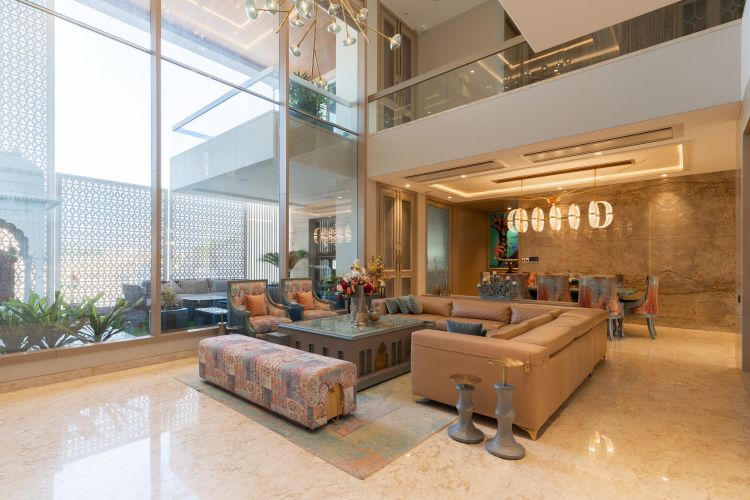Reviving Lost Crafts Through Design

Rajkumar Kumawat
Crafts rise above the idea of tangible goods and are composed of material and immaterial legacies. They serve as a communication tool and a link between the past and the present. Their idea of preserving narrative, in addition to the technique, adds a new character to the place. This is being embraced in architecture to revive the lost crafts in design. From the kalamkari works of Rajasthan to the wood or Bidri work of Karnataka, each facet of art is being included in modern homes. Architects and craftspeople work together to create custom traditional crafts that improve their projects and, by reviving these crafts, contribute to uplifting urban homes. In this article, lets delve into the idea of reviving lost crafts through design.
How to Bring Crafts into Design?
Integrating crafts into architecture is all about collaboration and authenticity in design. This can lead to the creation of a narrative, which is functional and rooted in its context. For instance, using locally sourced sandstone carved by traditional artisans in a lobby can defy the trend of imported, machine-cut marble. Further, incorporating terracotta jalis into residential facades might resist the glass-heavy trend of high-rise living. Reviving hand-painted tile work in dining areas subtly undermines the dominance of industrial ceramics.
Stone Carving and Blue Pottery of Rajasthan
The intricate sandstone carvings of Jaisalmer have long adorned temples and palaces. Today, these are being integrated in residential facades, breathing new life into the craft, providing functional shading and ventilation. Moreover, traditionally used for decorative ware, Jaipur’s blue pottery has found a new place in wall claddings, flooring inlays, and facade panels. Collaborations between architects and potters have led to custom tile patterns that blend traditional motifs with contemporary geometry.
Wood Carvings and Bamboo Cane Work in Structures
Another art form that makes its way into modern architecture is wood carvings from Kerala. The elaborate wooden brackets and ceilings are being reinterpreted in cultural centres. Here, architects ensure that local carpenters work with sustainably sourced timber and adapt their techniques to withstand modern building codes. Further, lightweight and flexible baboon craftsmanship brings a new sense of sustainability to homes. By blending age-old weaving patterns with contemporary structural systems, architects are redefining how this humble material performs in modern contexts.
Design Strategies to be Followed
When incorporating traditional crafts in architecture, one must adhere to certain considerations. One of the important aspects is to consider the contextual adaptation of materials. For example, intricate wood carving is better suited for sheltered interiors in humid climates rather than exposed facades. Merging traditional patterns with modern minimalist frames creates a balanced aesthetic, allowing craft to exist without overwhelming contemporary spatial requirements. Functional integration of craft is also essential, as it should be decorative and practical as well.
In reviving India’s lost crafts, architects are actively shaping a future where cultural identity stands resilient in the face of homogenisation. In this way, craft voices the past generations to continue to resonate, reminding us that progress need not come at the cost of memory.
Rajkumar Kumawat is Founder and Principal Architect at Rajkumar Architects



